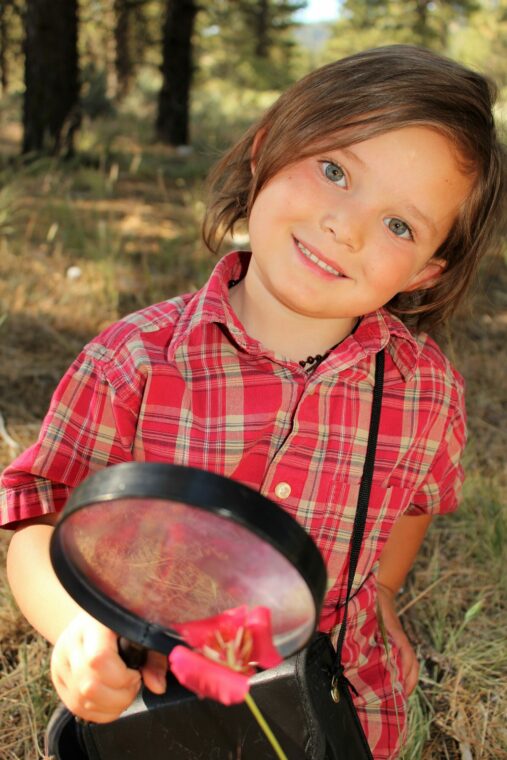
The Crucial Role of a Child’s Mental Health
Children are the future, and ensuring their well-being goes beyond physical health. Mental health plays a pivotal role in shaping a child’s overall development and

Children are the future, and ensuring their well-being goes beyond physical health. Mental health plays a pivotal role in shaping a child’s overall development and

When I go into a classroom or get in front of large groups, I often ask, “How many of you like to write?” On average,

Journaling is a great way to help children record their thoughts and feelings. It allows kids to explore their interests and express themselves, especially if

Being a parent can be pretty overwhelming at times. Much of the parenting journey is super complicated, but when it comes to nature-deficit disorder, there

Written by: Amanda Henderson Showing your children how to make healthy, safe decisions is one of the most important lessons a parent can teachtheir child.




Join our community to get the latest tips, exclusive offers, and updates straight to your inbox. Don’t miss out—subscribe now and be the first to know!